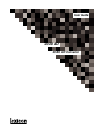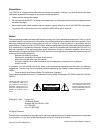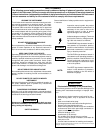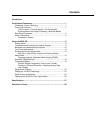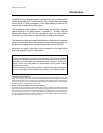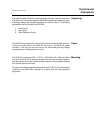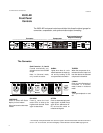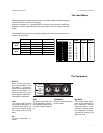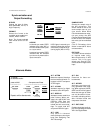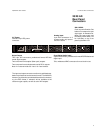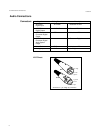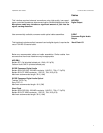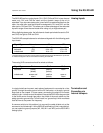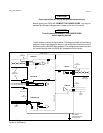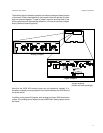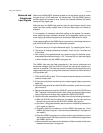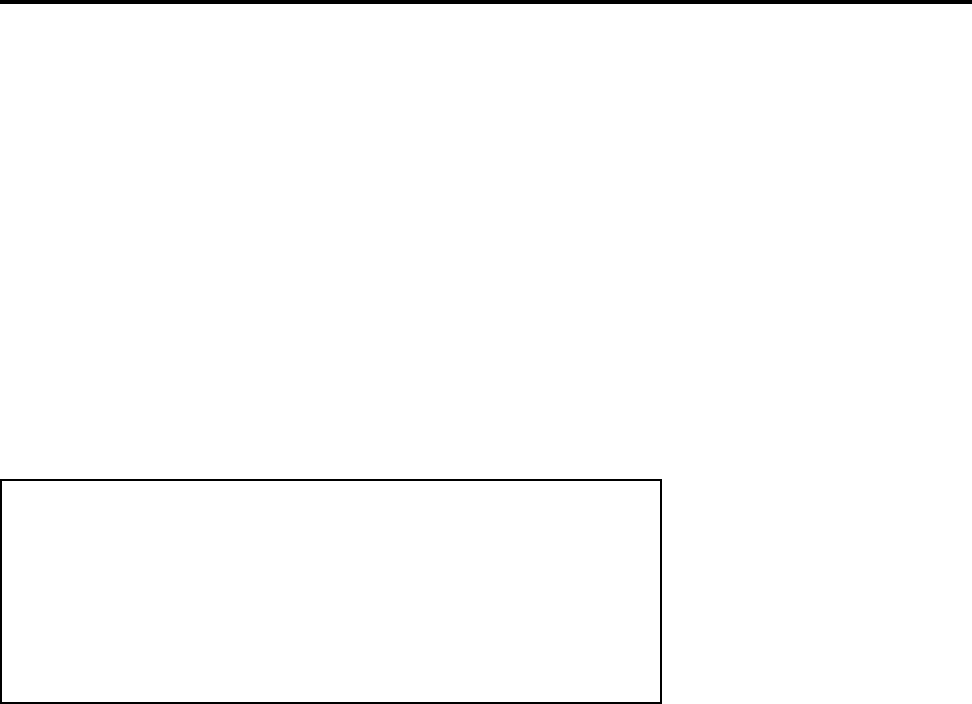
20/20 AD User Guide
Introduction
The 20/20 AD is an analog-to-digital converter which can be configured for
two 20-bit channels, or four 18-bit channels. Twin on-board signal processors
provide 20-bit to 16-bit compression in the digital domain, as well as DC
removal and a choice of four dither types.
The compressor allows leeway in setting levels and provides insurance
against clipping in the digital domain
.
In addition, it provides 195 soft
compression curves and 13 time constants to allow for more creative
functions, such as emulation of tape saturation or analog compression.
This manual provides some basic information on conversion, but assumes
the user will be familiar with the principles of analog-to-digital conversion, as
well as with the digital audio interface formats output by the 20/20 AD.
Information on specific data which may be required by any target device
should be obtained from the manufacturer.
Lexicon has attempted to provide correct information and functional capability
corresponding to digital audio standards known and available to us at the time of
publication of this document and manufacture of this instrument. As standards
evolve, Lexicon may make updates to documentation and/or system software
available for purchase.
Lexicon's warranty on this product excludes consequential damages resulting from
the use of this product. Local jurisdiction may extend the user additional rights.
AES/EBU Interface (Professional)
The AES/EBU interface conforms to both the AES3-1992 (ANSI S4.40-1992) specification and the EBU
document, Tech 3250-E. Both inputs and outputs are balanced, transformer-coupled designs, with a female
XLR input and a male XLR output, conforming to the standard convention of IEC 268, Part 12. Input and output
levels comply with CCITT V.11. On this device, the professional form of the digital audio and auxiliary data has
been labeled "AES" in accordance with general usage.
S/PDIF – Sony/Phillips Digital Interface Format (Consumer)
The S/PDIF interface conforms to the Channel Status Type II format, as specified in the EIAJ CP-340 Digtial
Audio Interface Standard, dated September, 1987, and to IEC 958, First Edition 1989-03. As of November 20,
1991, amendments to IEC 958, which include specifications for the implementation of auxiliary data for the
consumer format, were under review. Until new specifications are published, this device must conform to
currently approved specifications. On this device, the consumer form of the digital audio and auxiliary data has
been labeled "SPDIF" in accordance with general usage.



